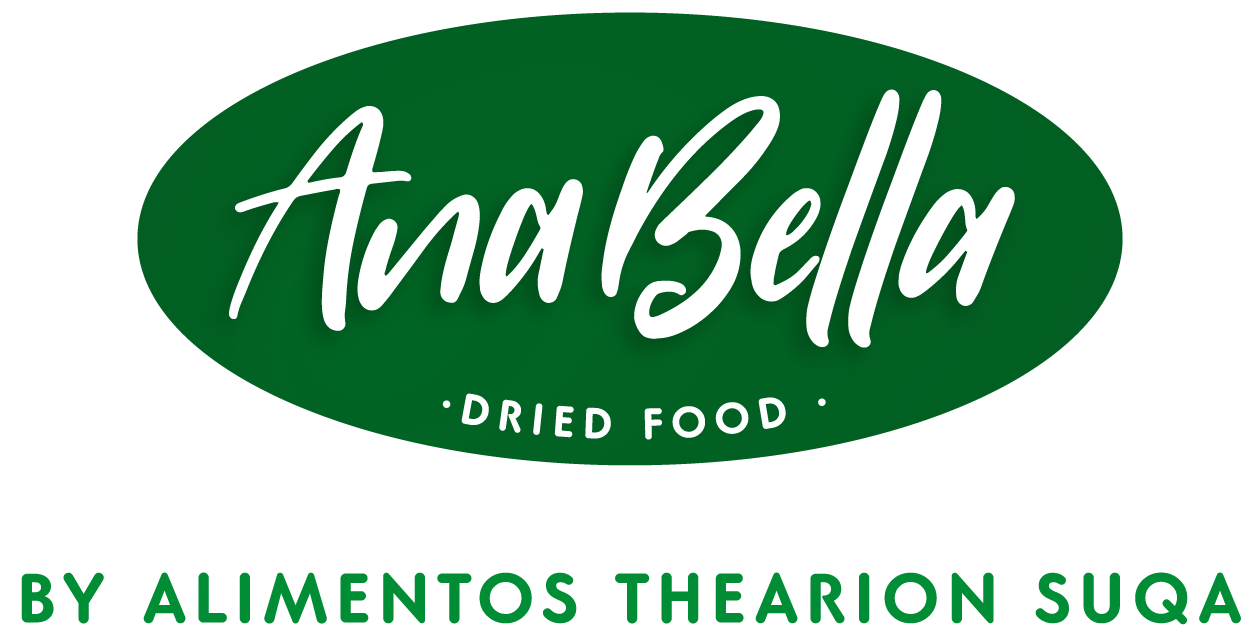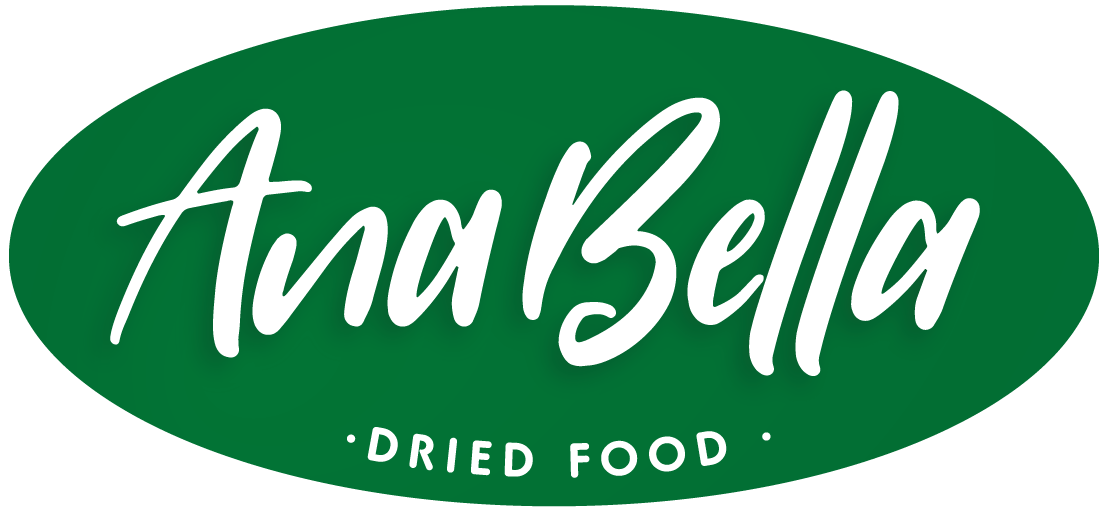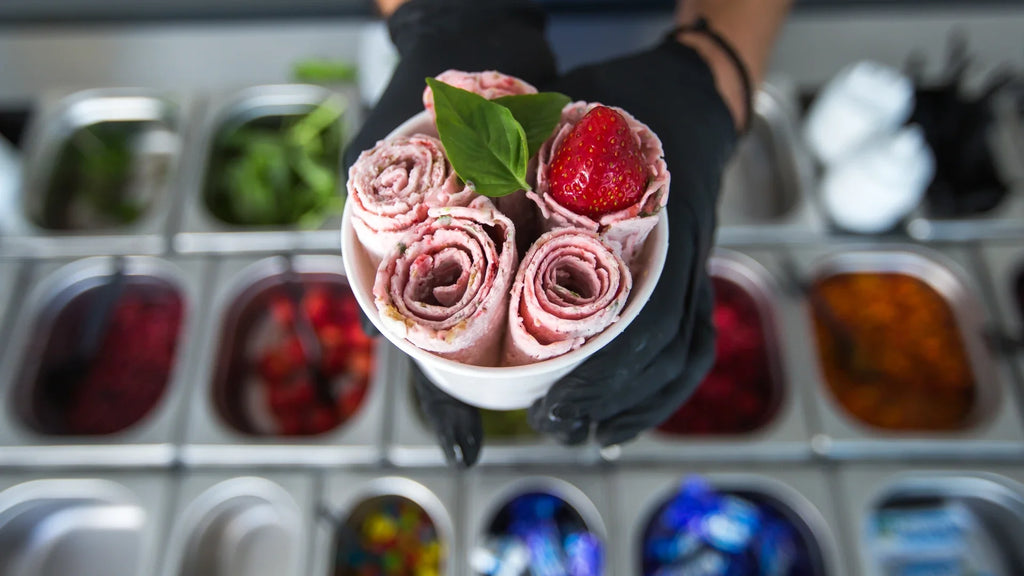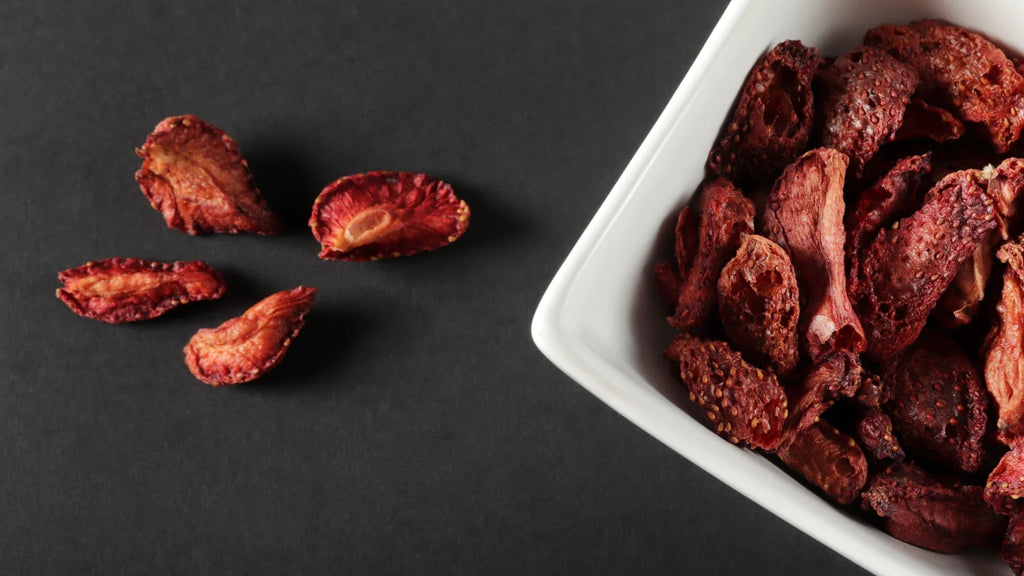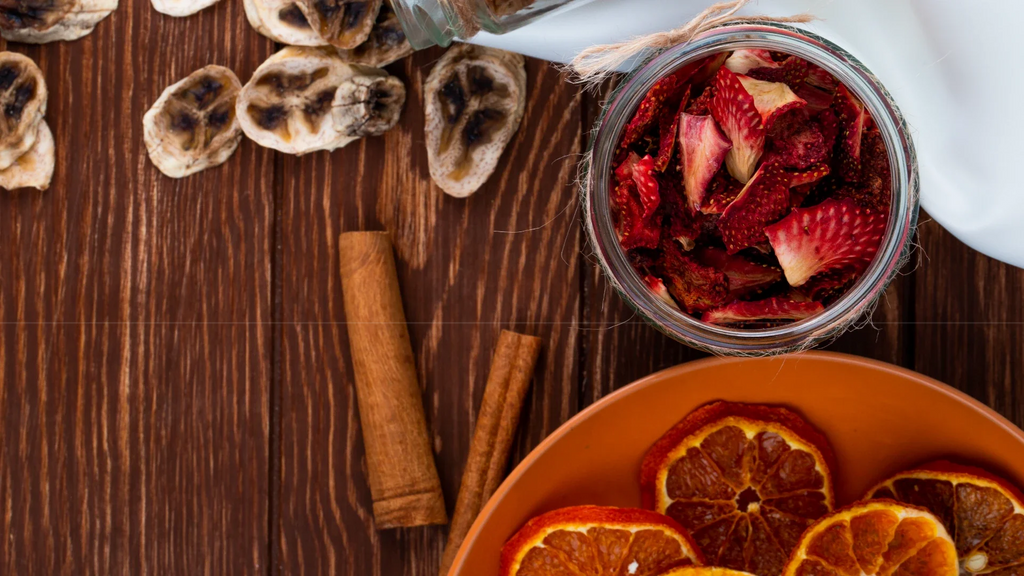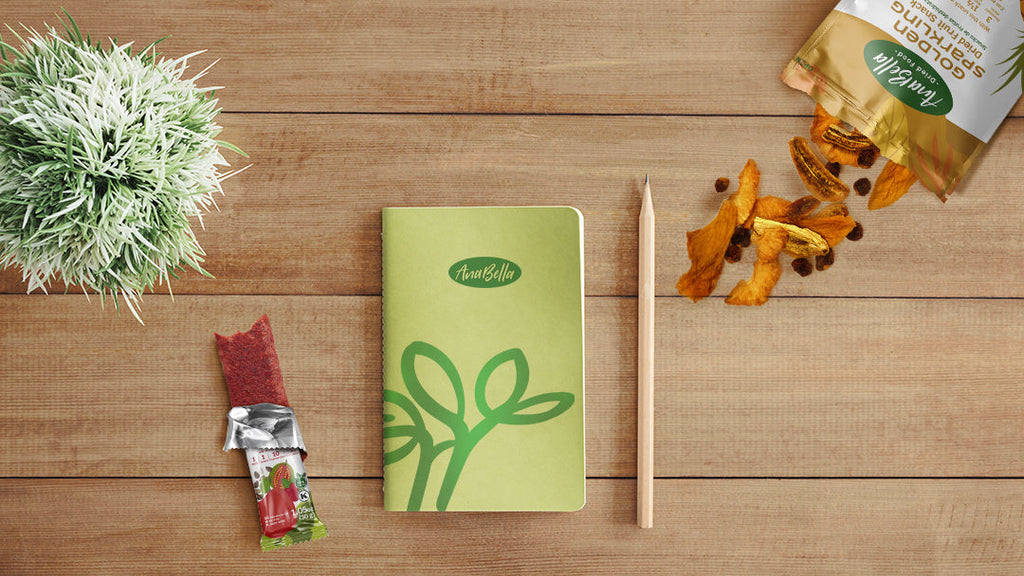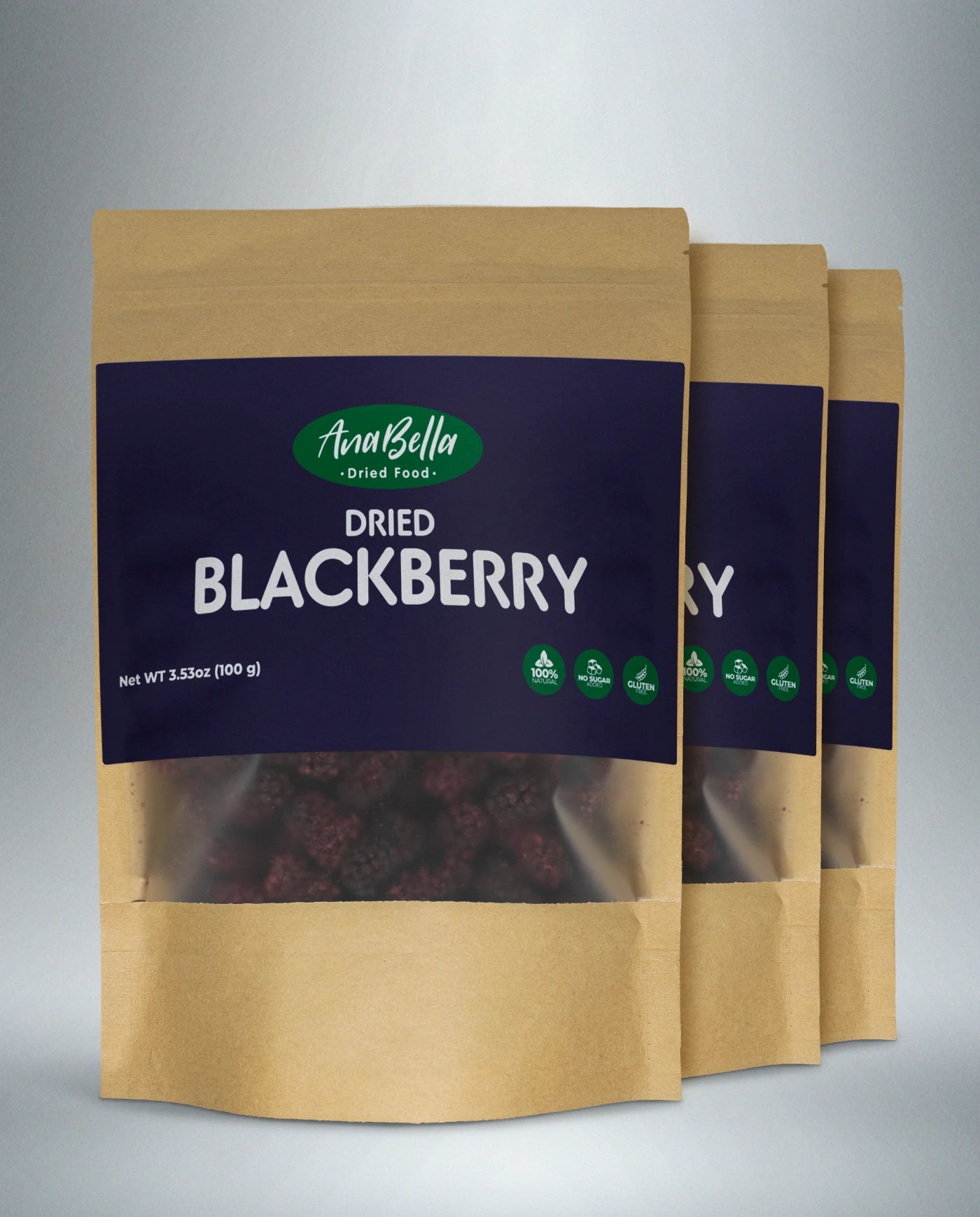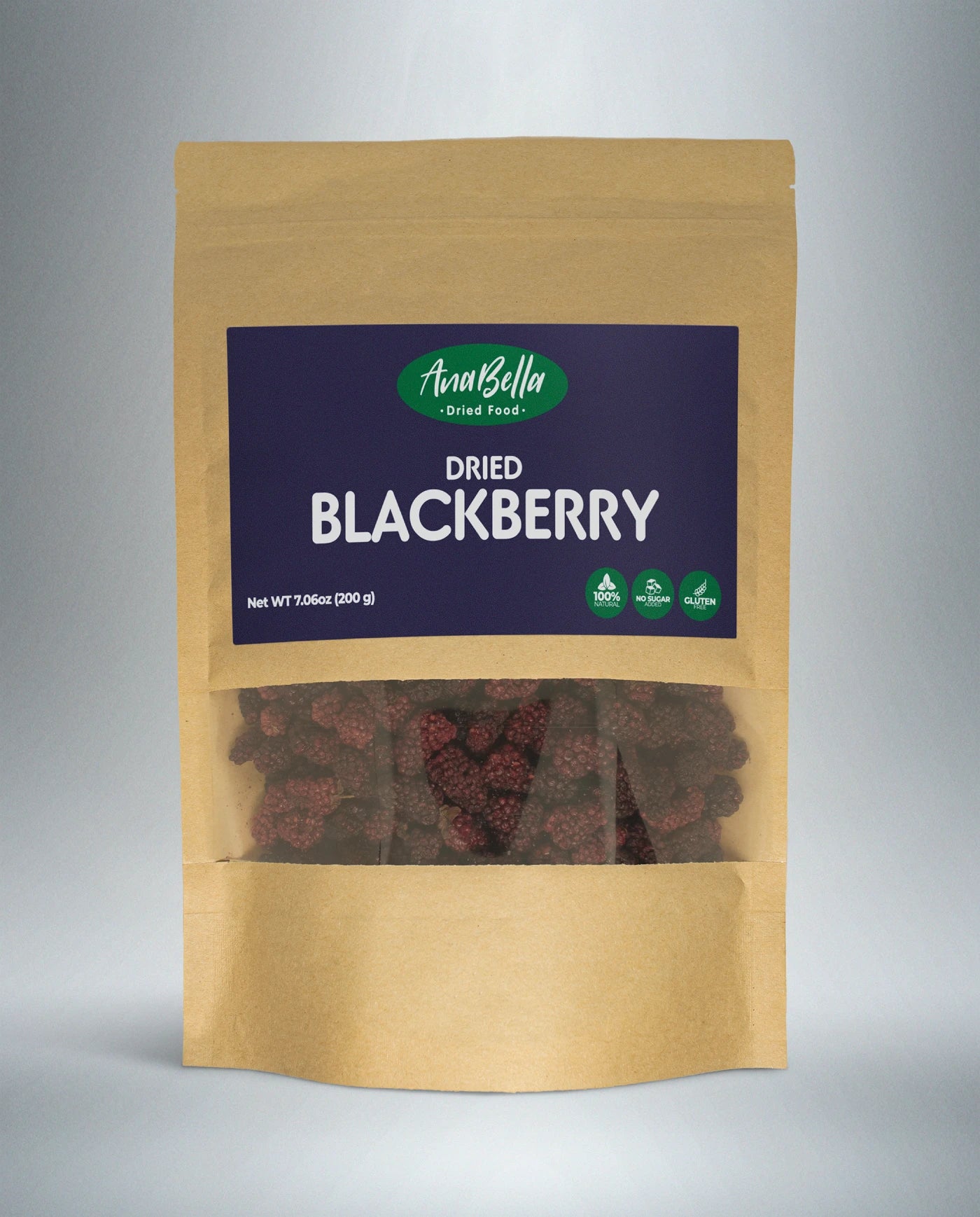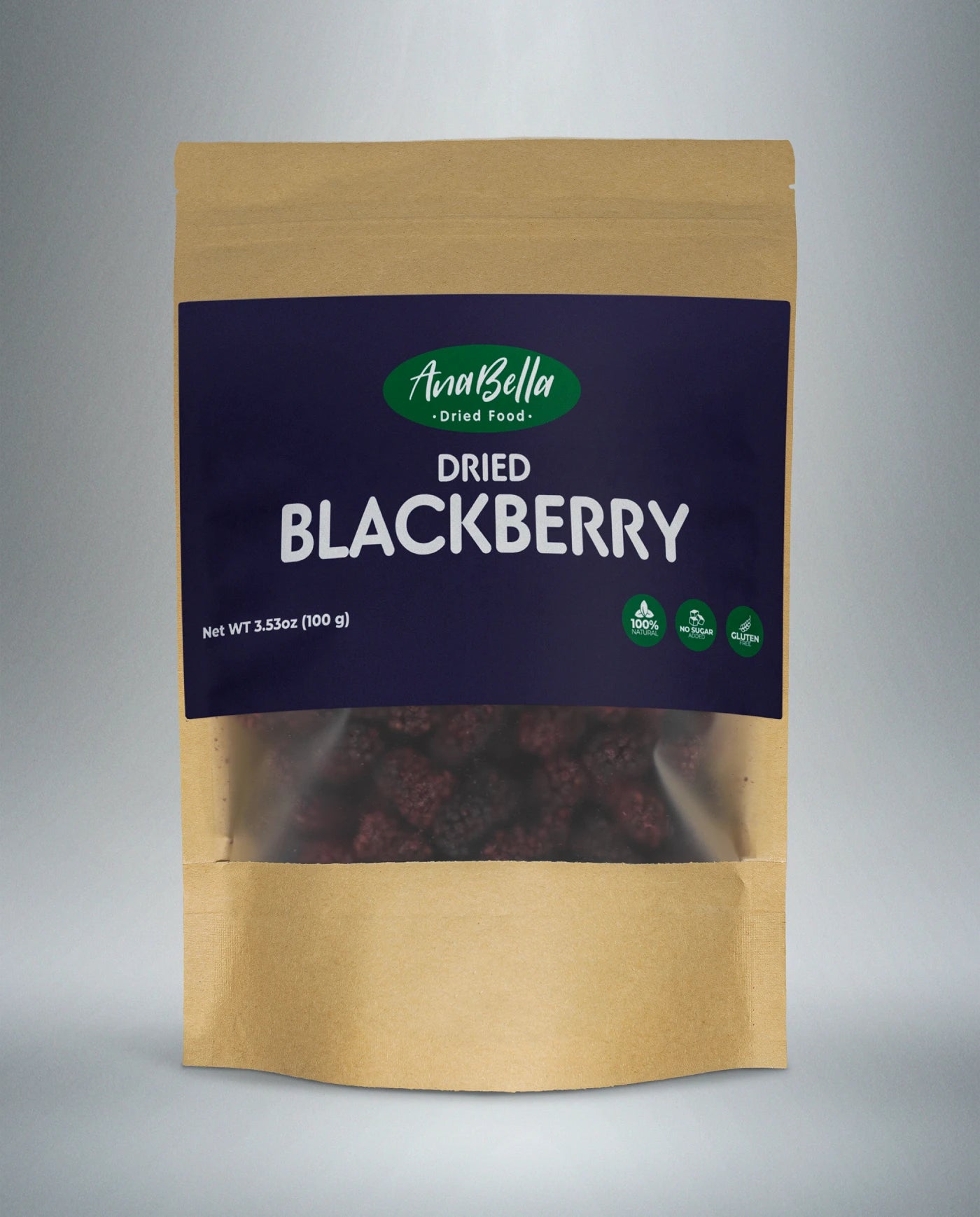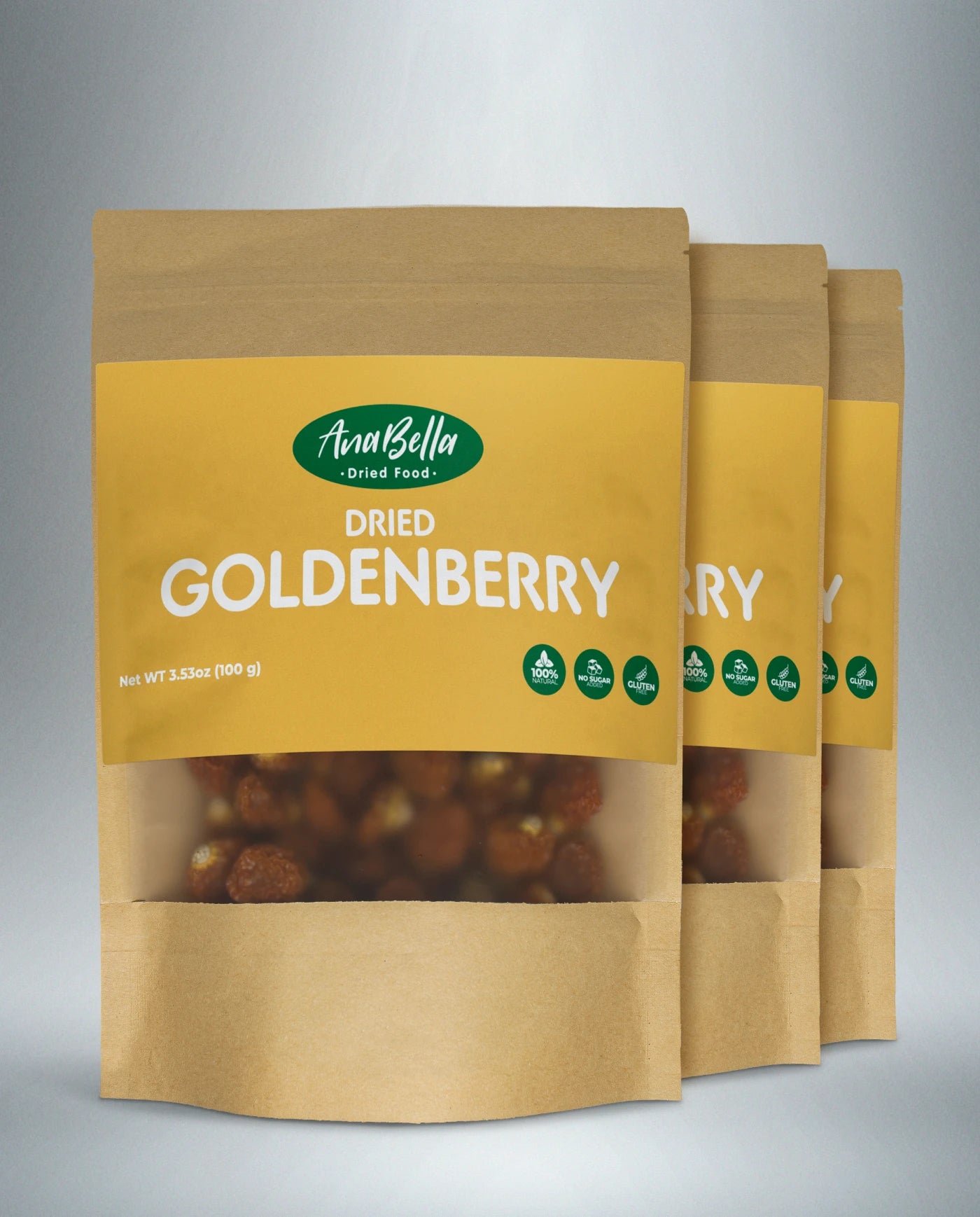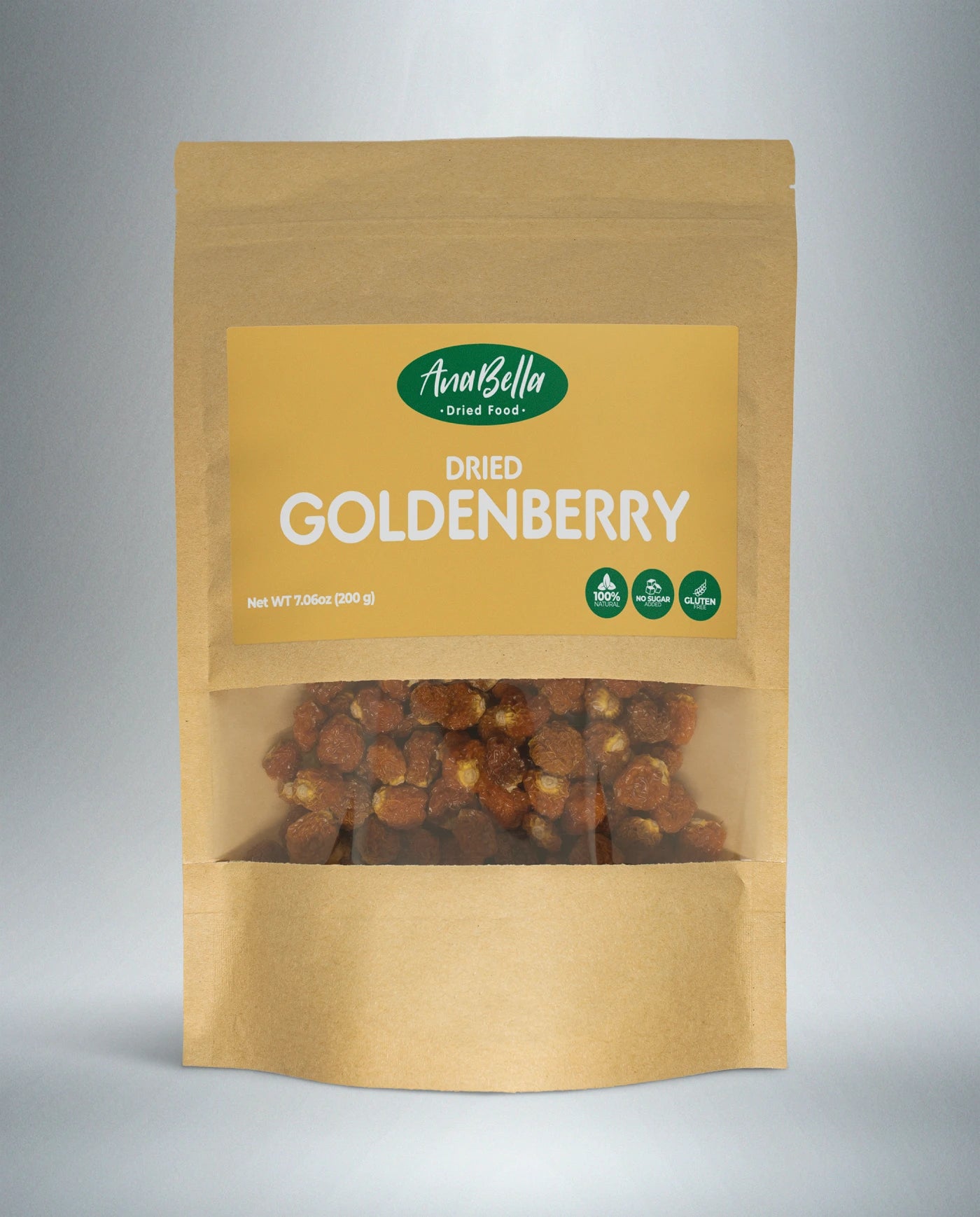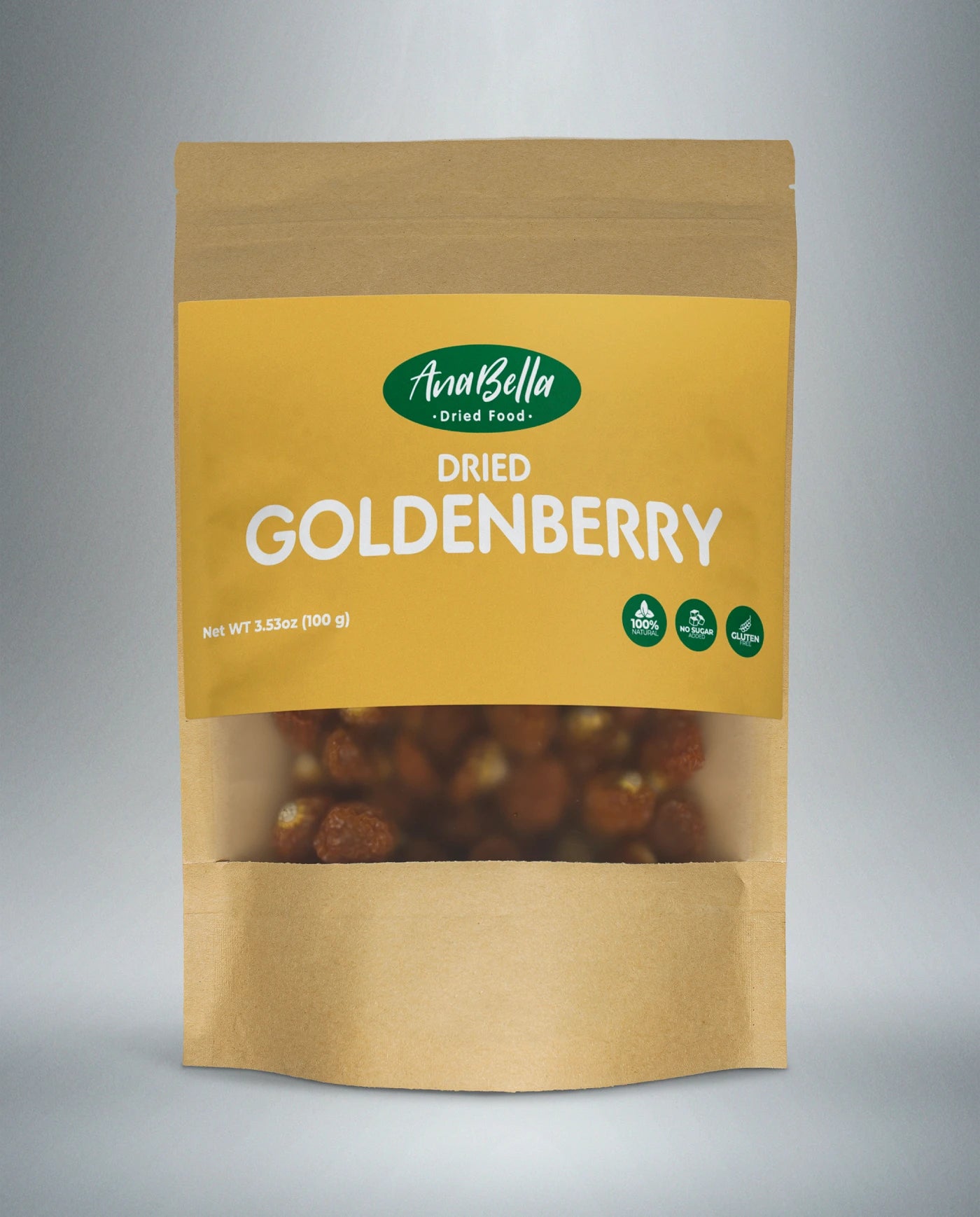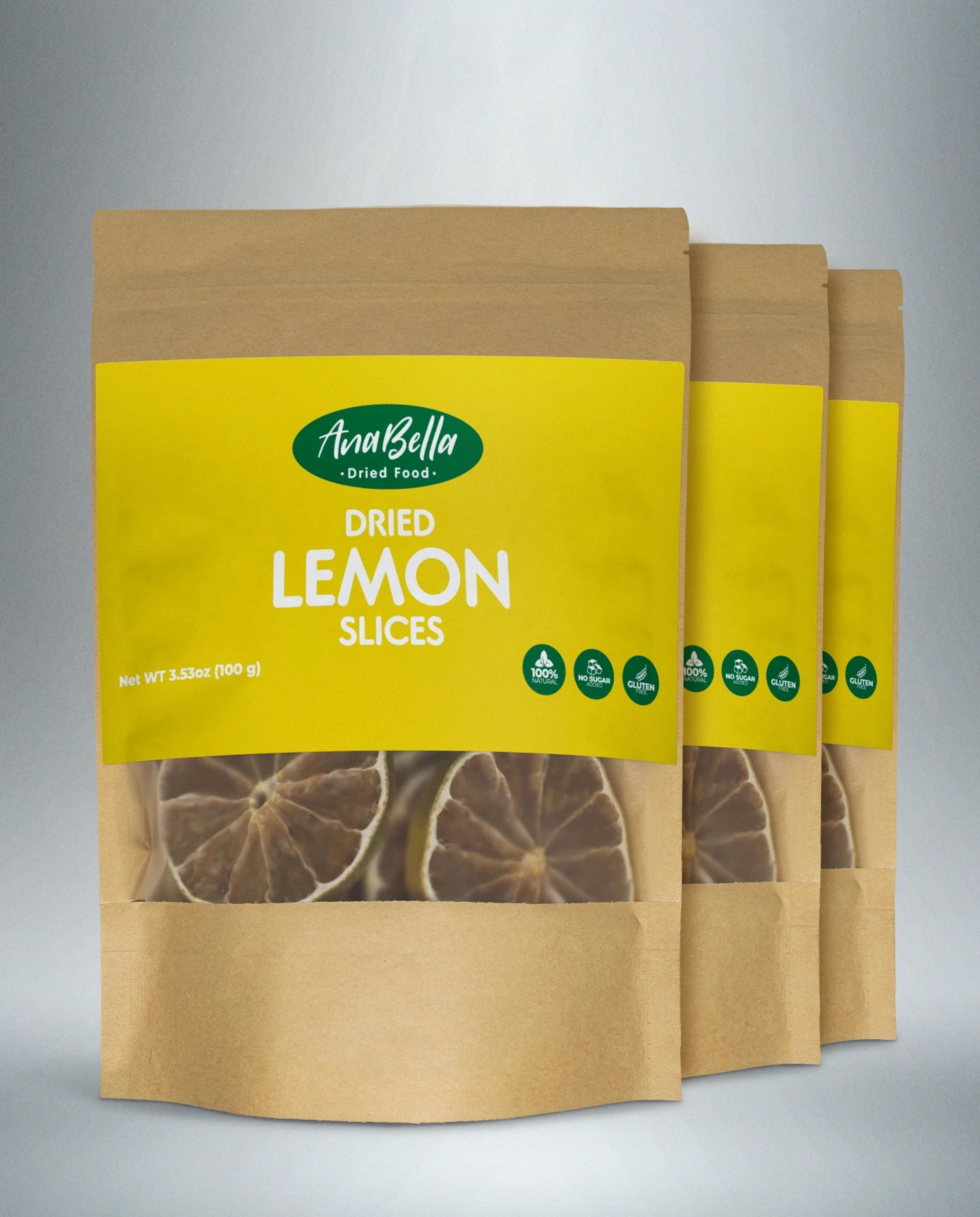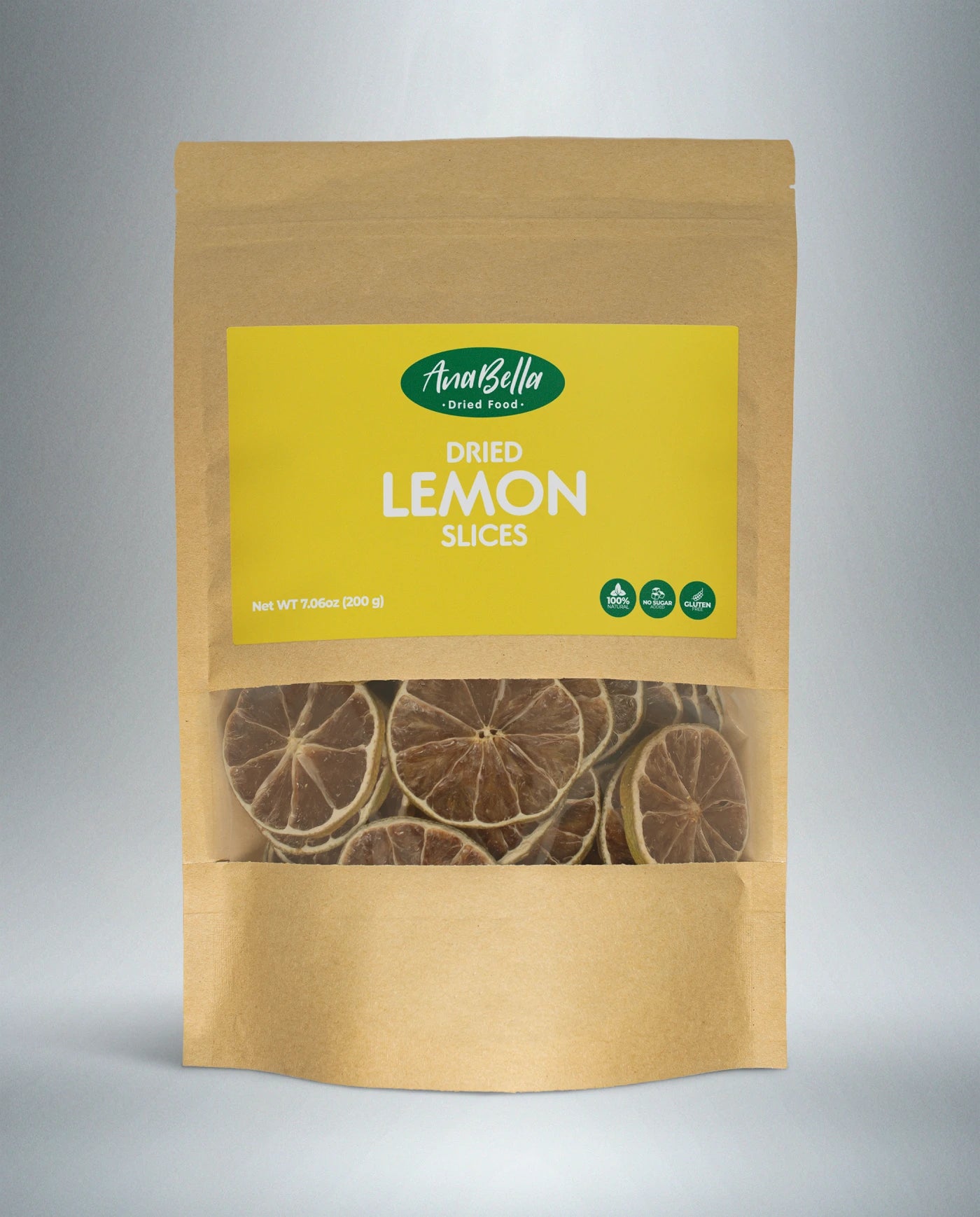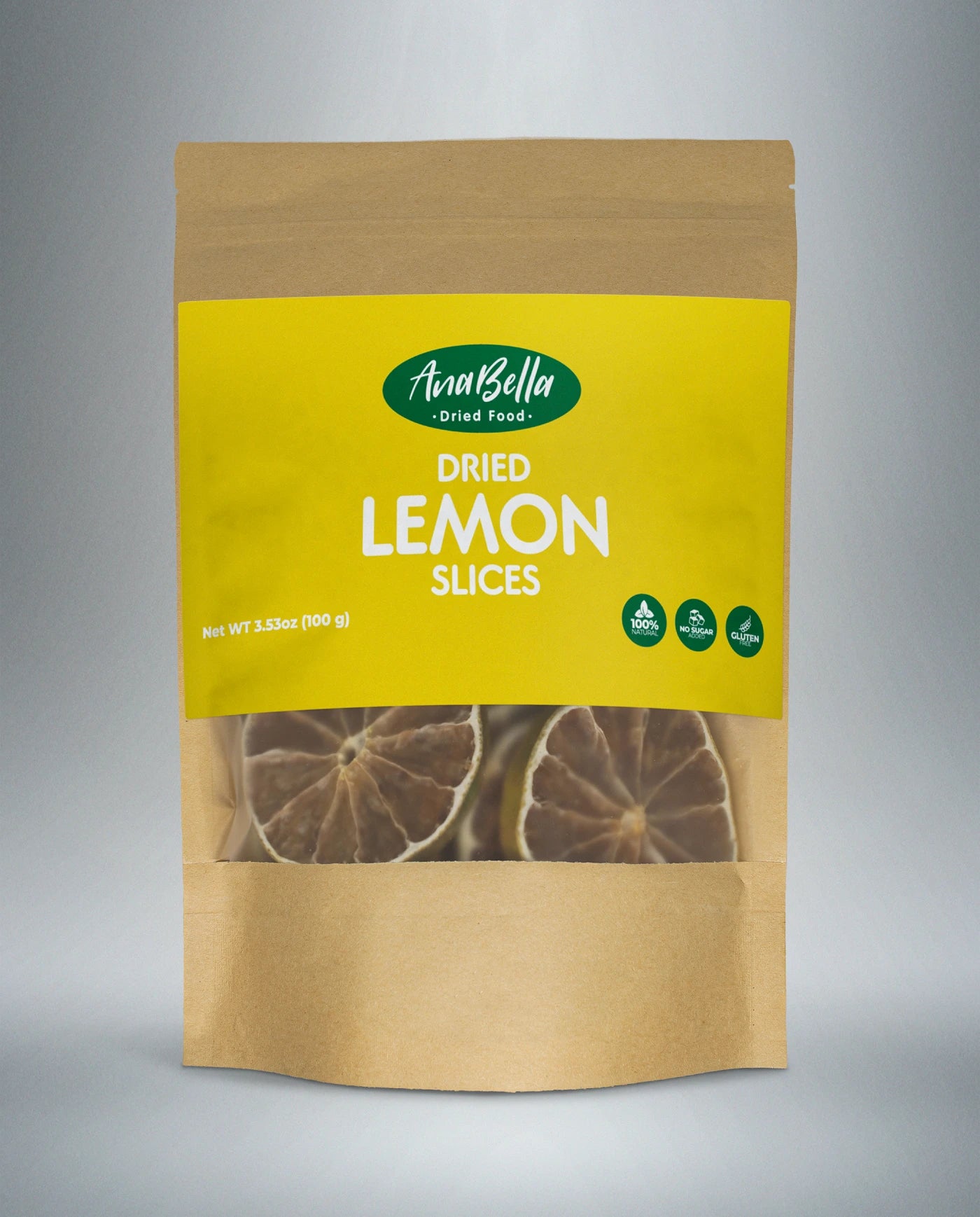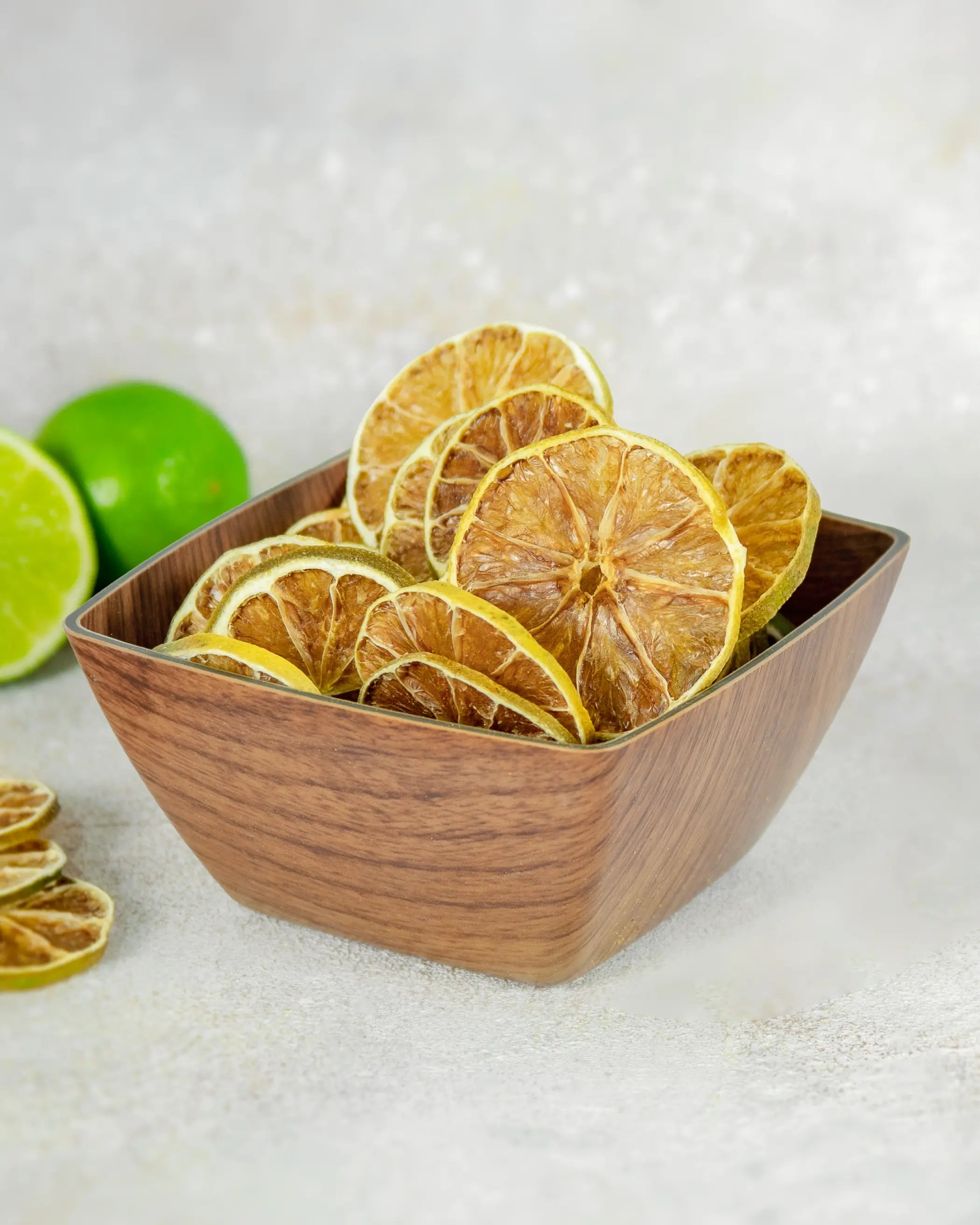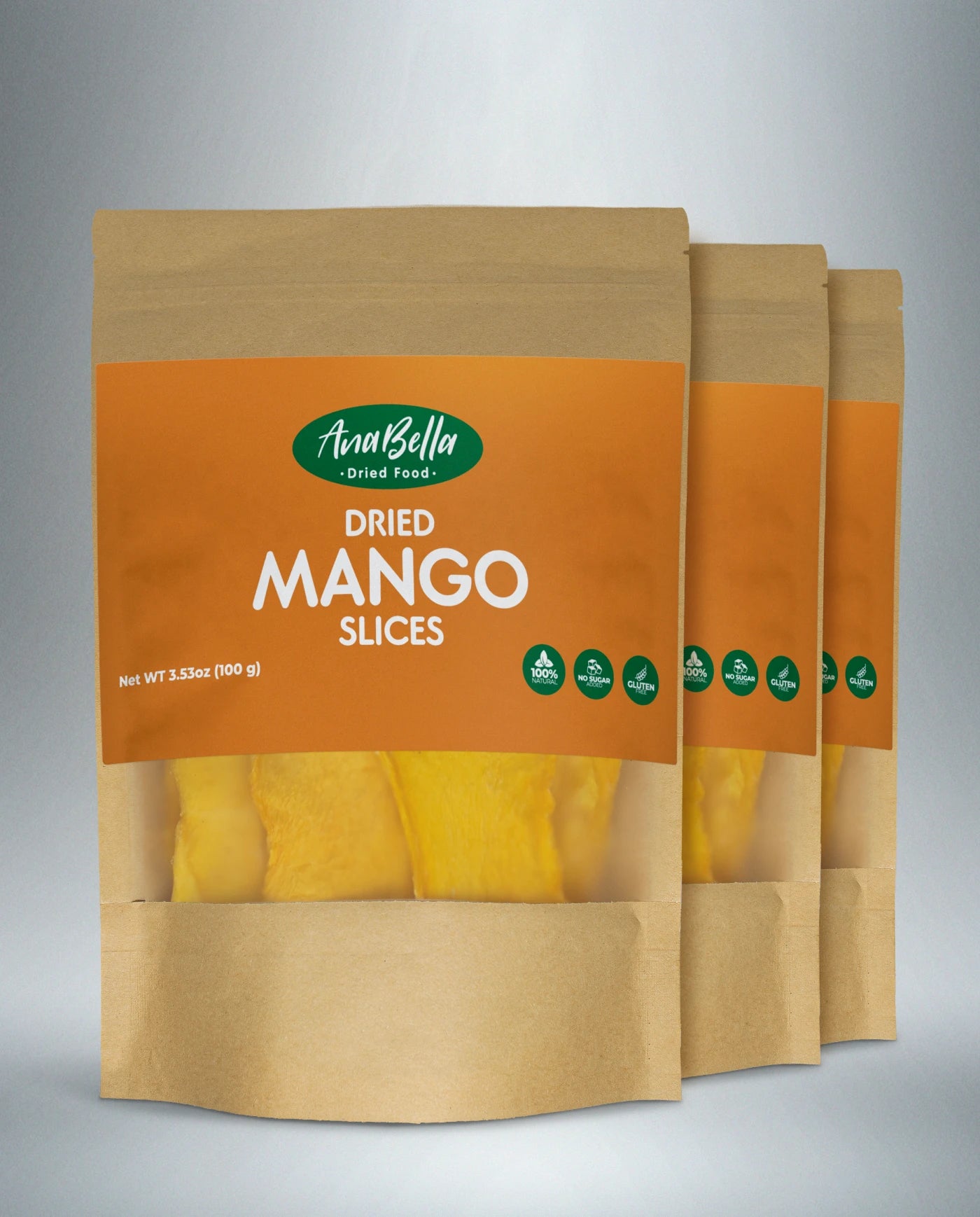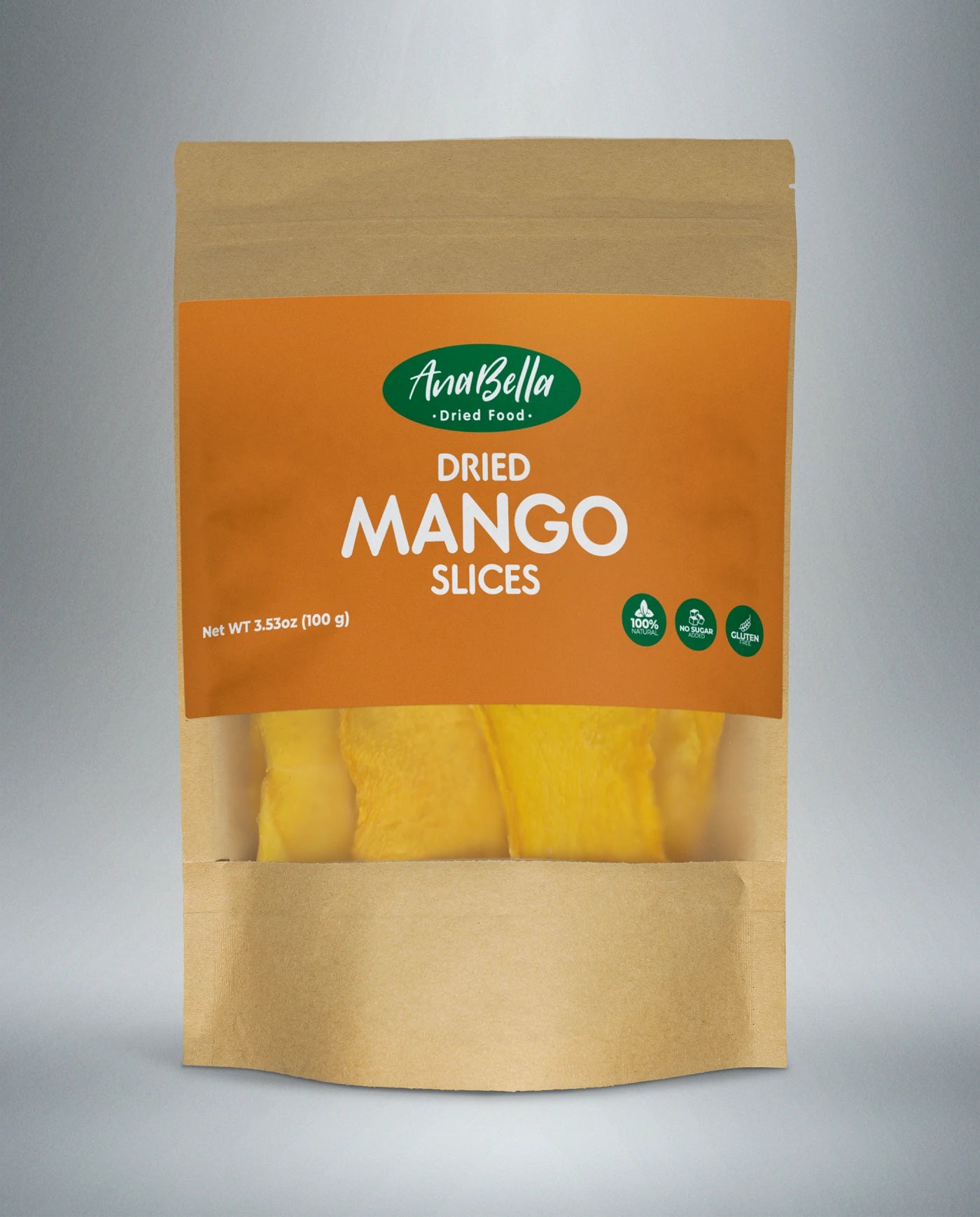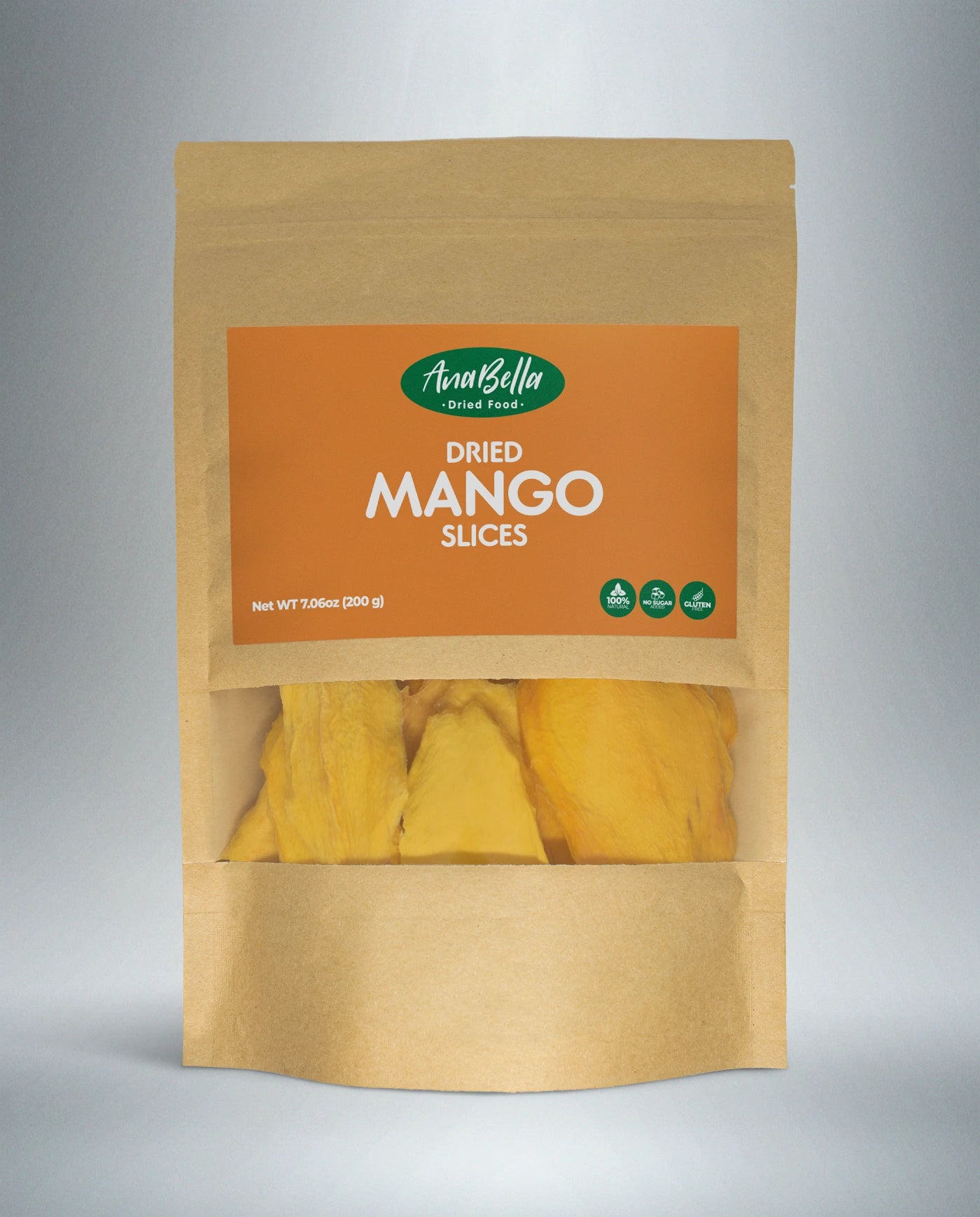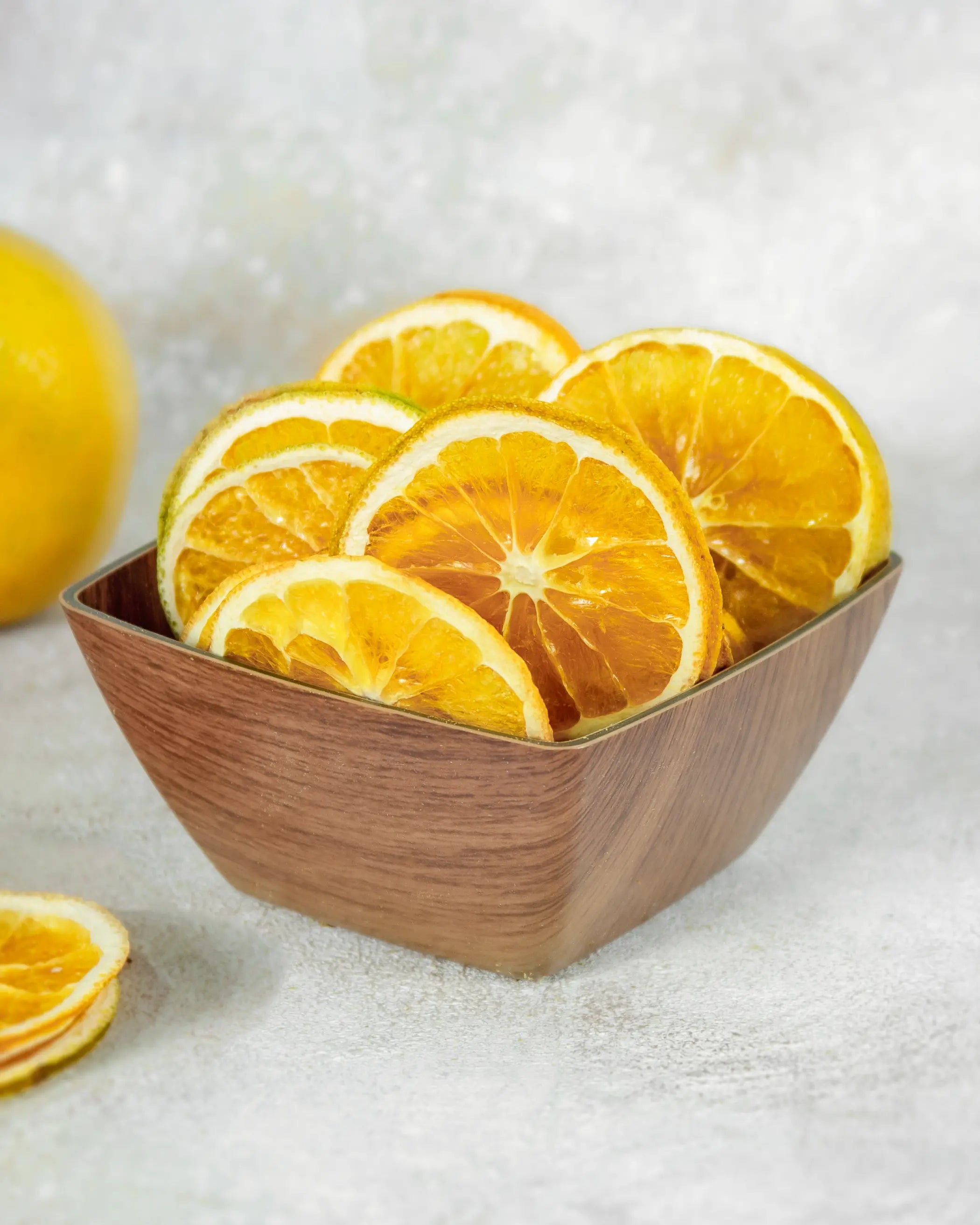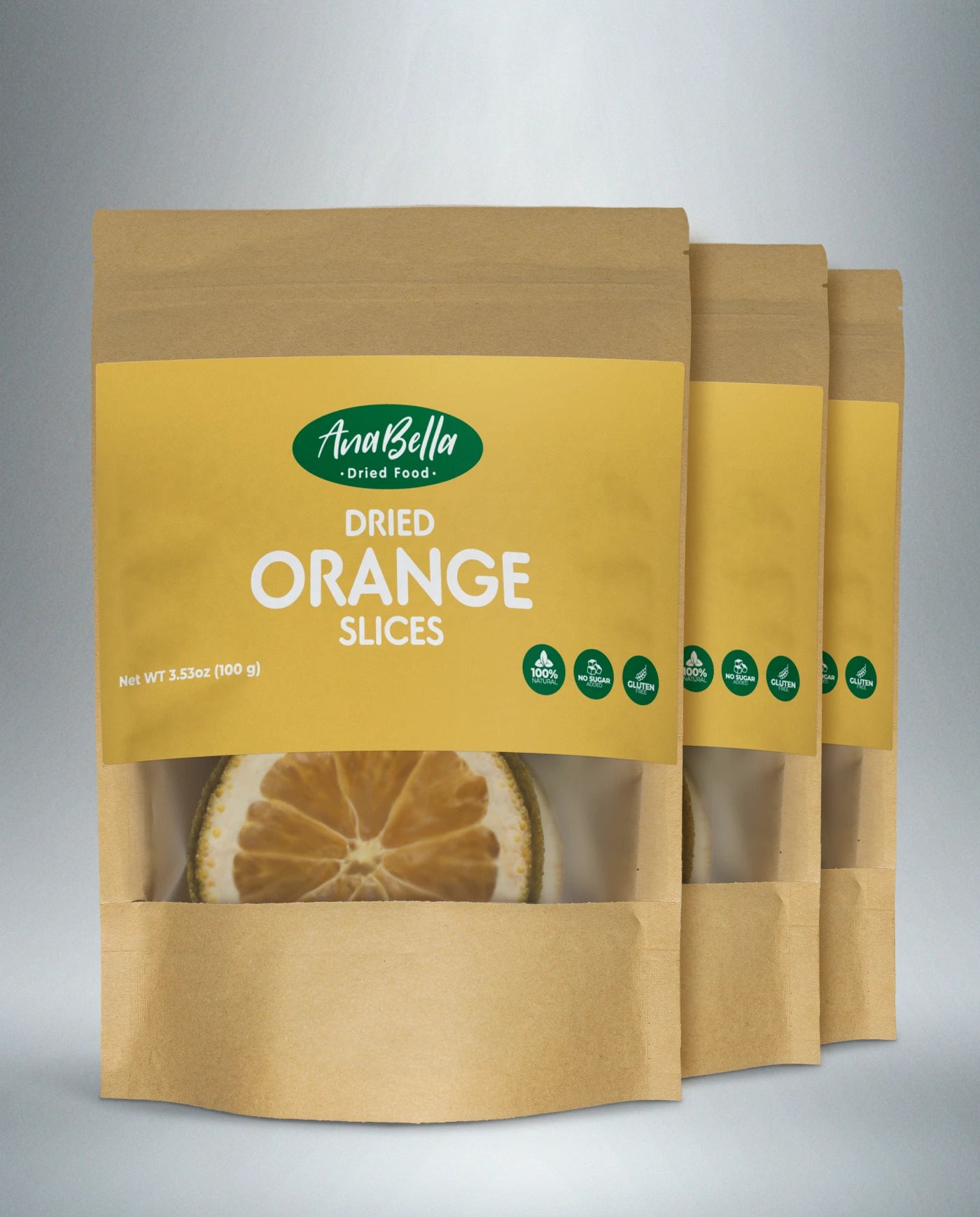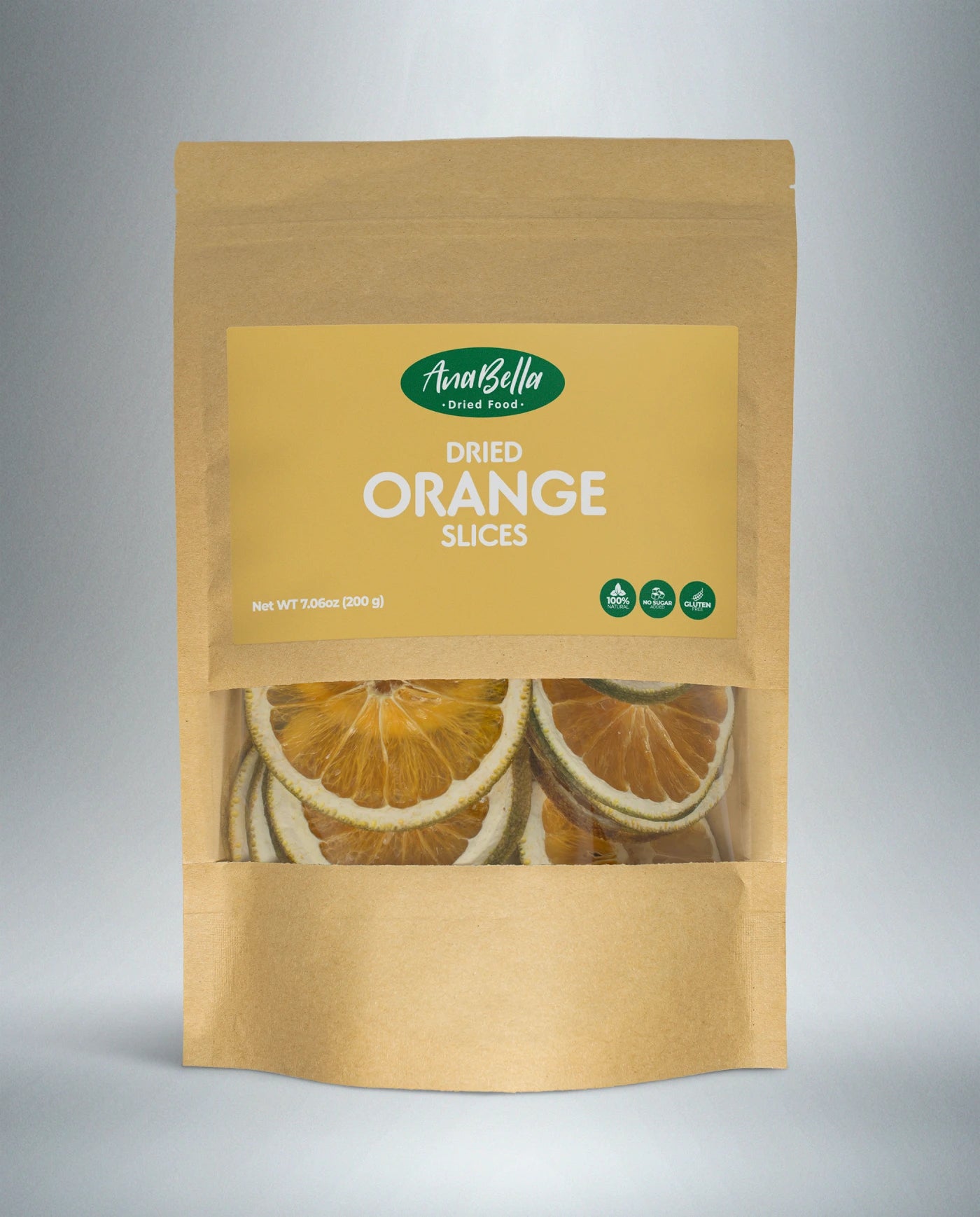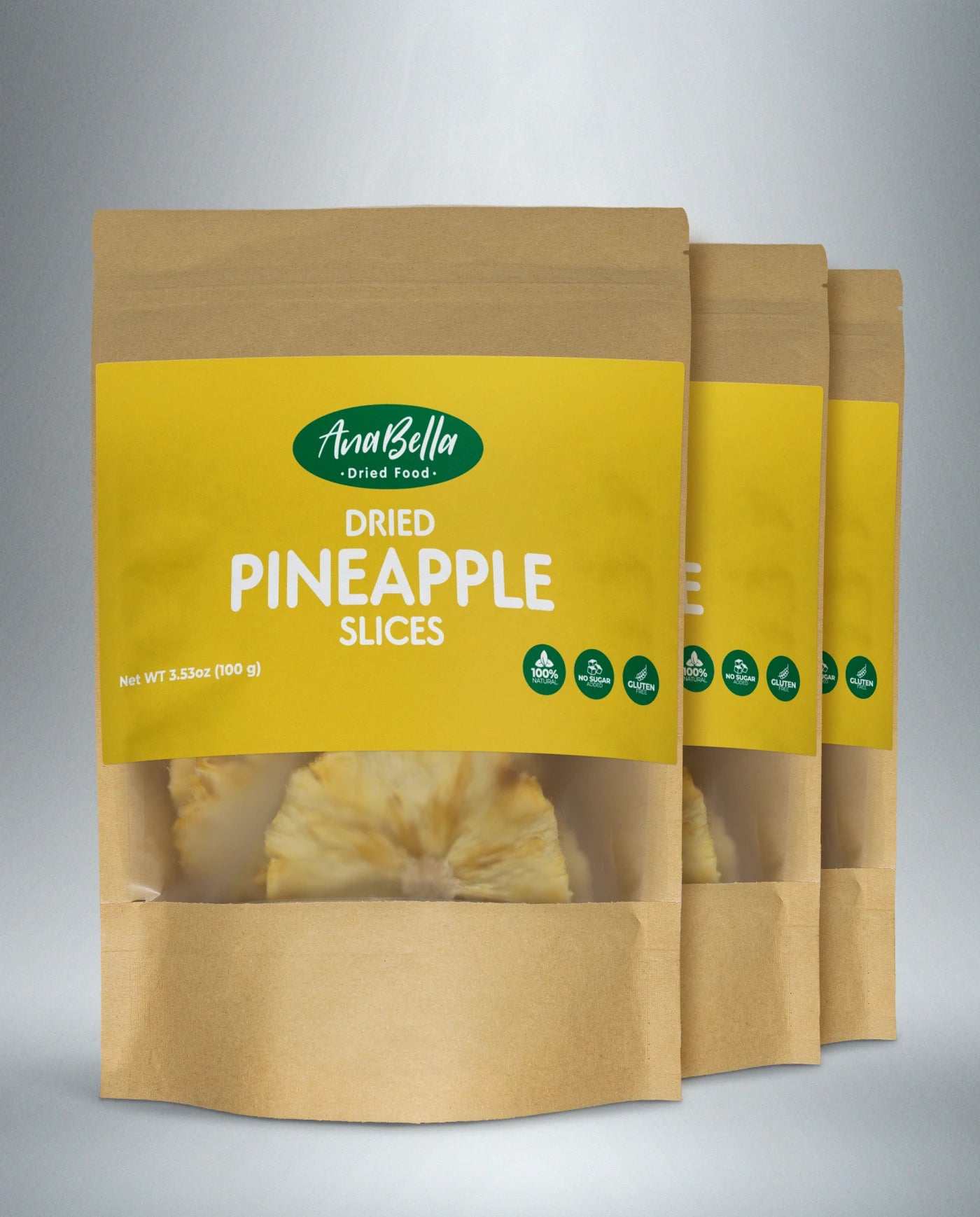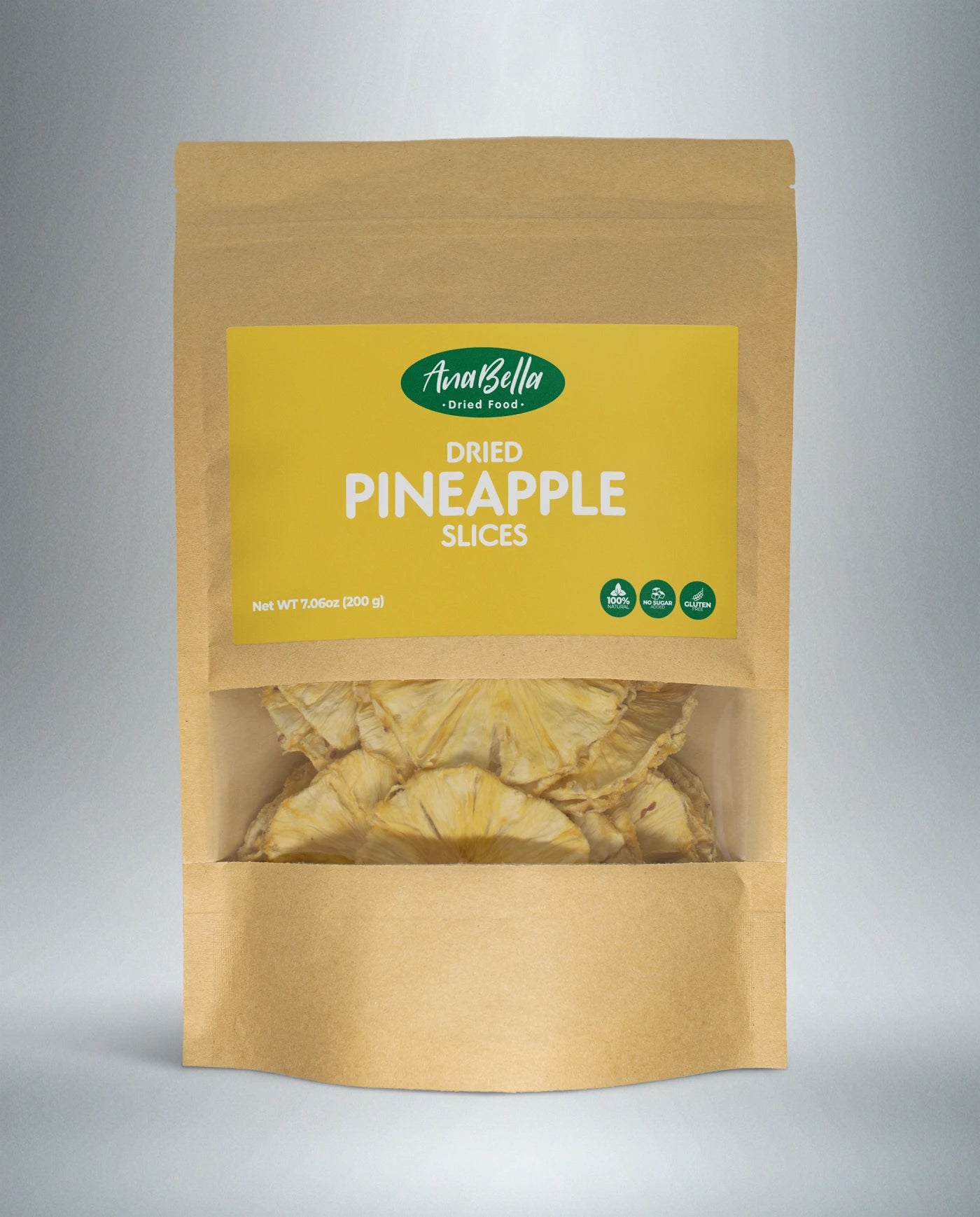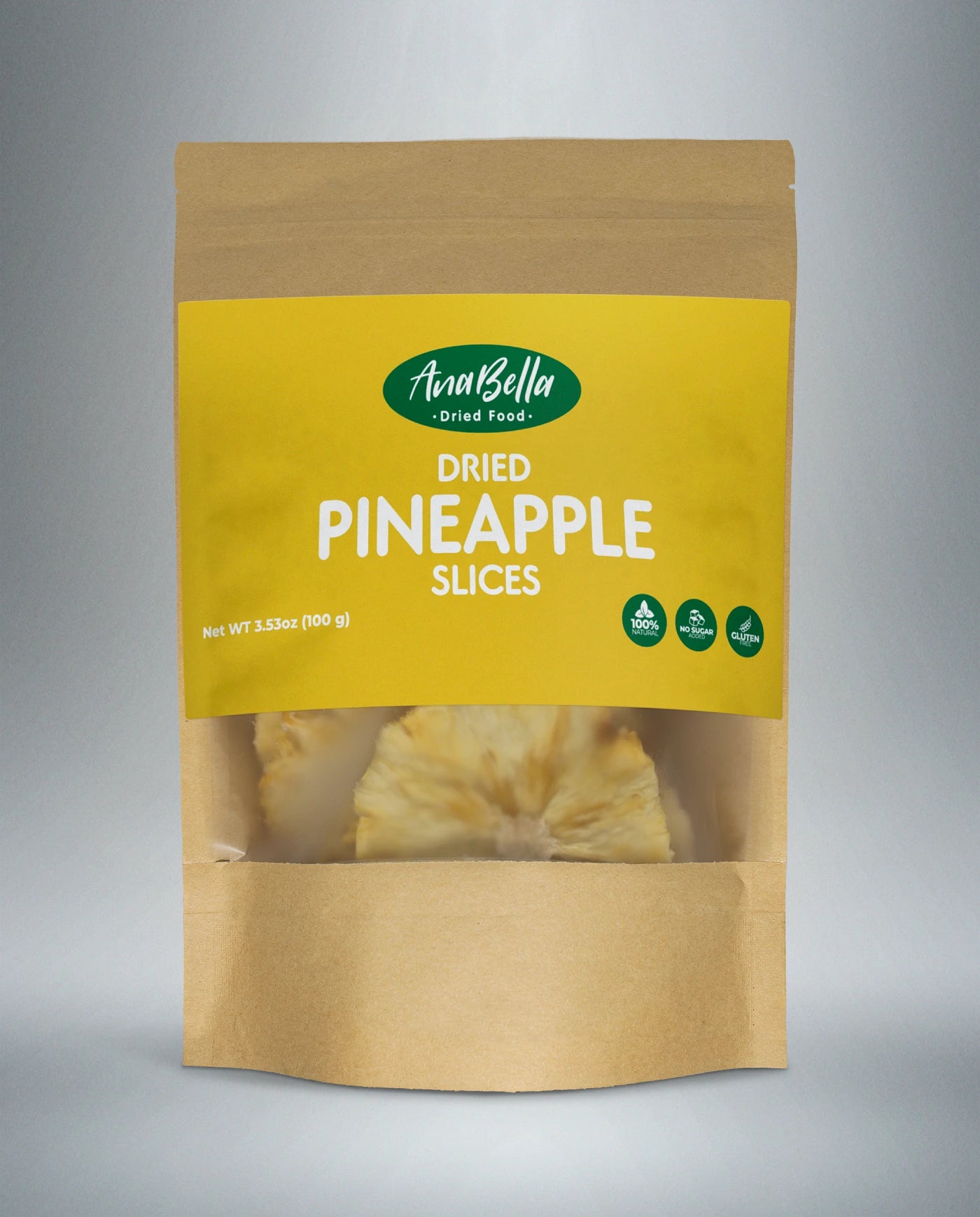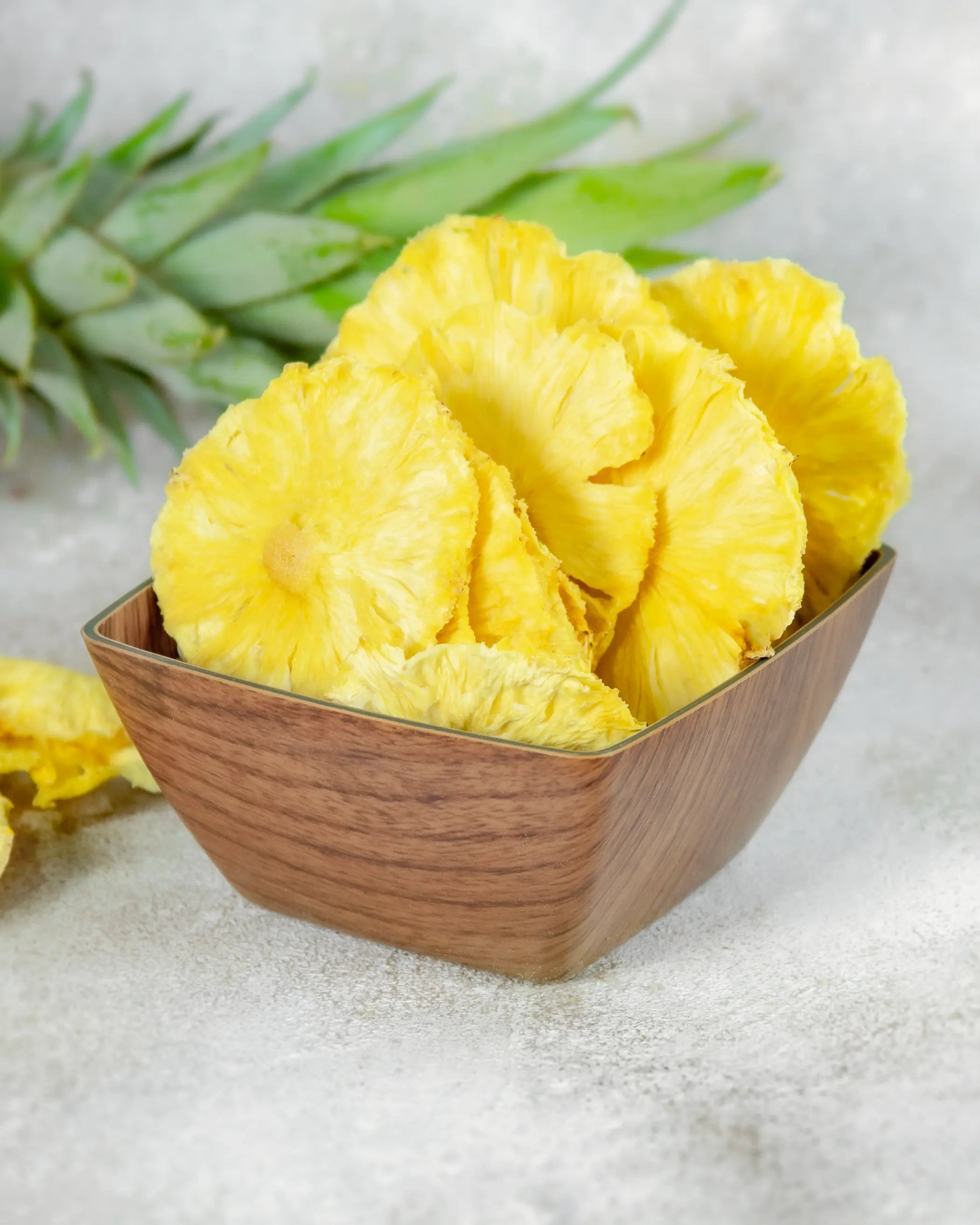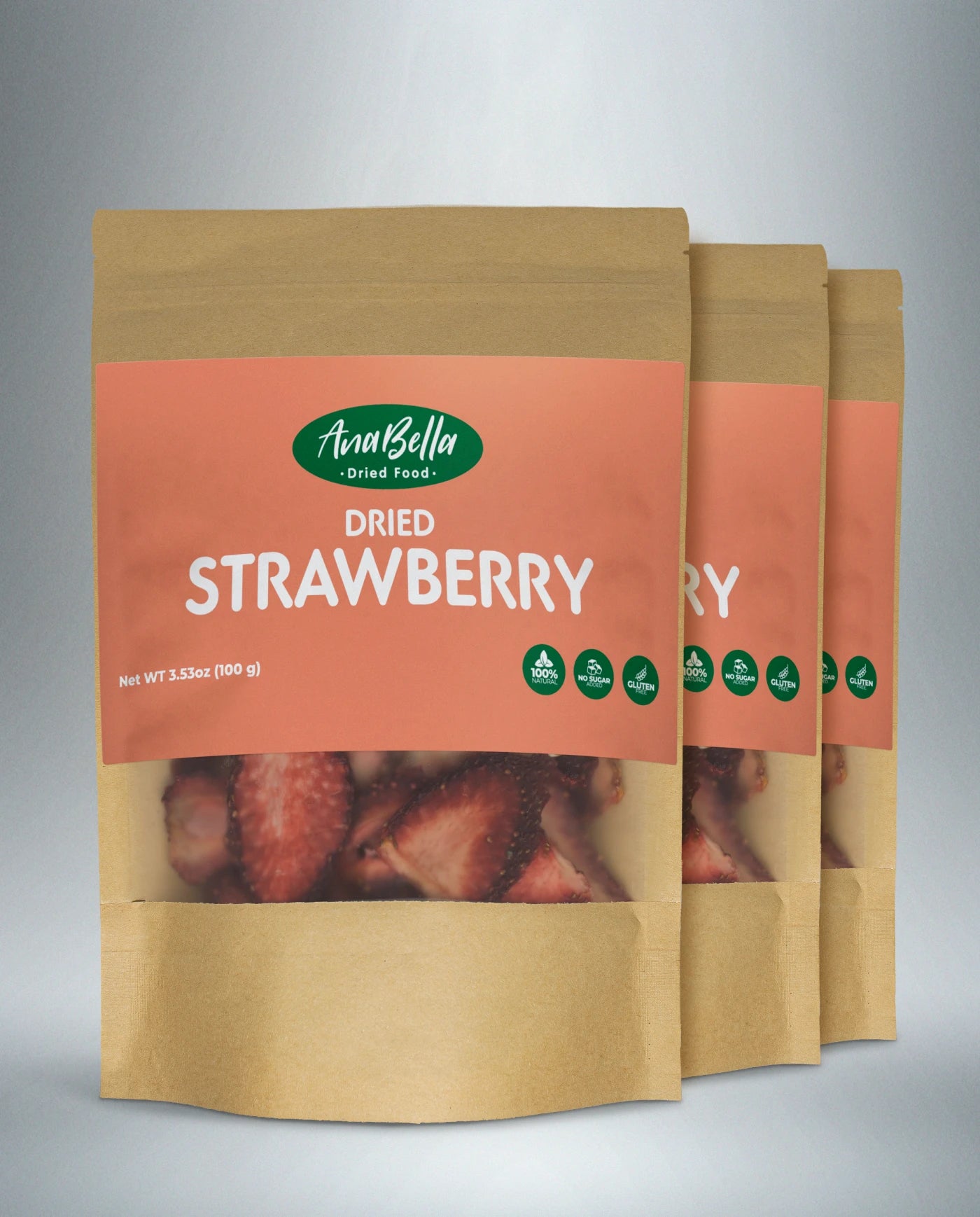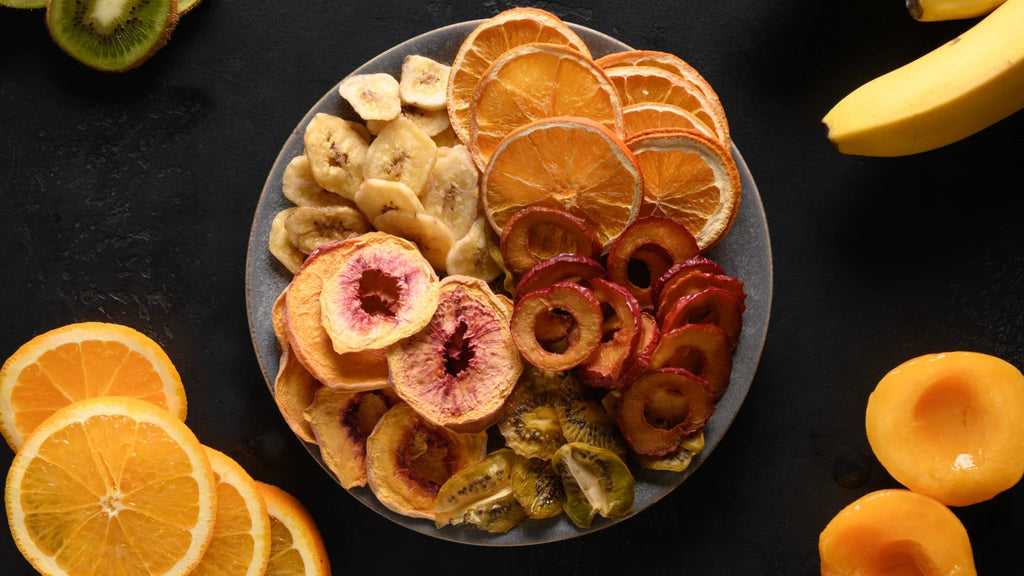
Are Natural Snacks Really Better?

A Closer Look at Ultra-Processed Ingredients
Reading time: 5 minutes
Why more people are rethinking their snacks
The snack aisle is evolving. Not long ago, it was filled with frosted cookies, artificially flavored chips, and bars with ingredients you couldn’t pronounce. Today, more people are reaching for simpler, more natural options. But is this just a trend—or is there real science behind the shift?
In this article, we dive into what ultra-processed foods really are, what they contain, and why more consumers are trading them for natural snacks like dried fruit.
What exactly are ultra-processed foods?
According to the NOVA classification system developed by researchers at the University of São Paulo, ultra-processed foods are products made mostly from refined ingredients, additives, and industrial formulations, with little to no whole food content.
These products are engineered to be hyper-palatable, shelf-stable, and convenient, often at the expense of nutrition.
Common ingredients in ultra-processed snacks include:
-
High-fructose corn syrup
-
Hydrogenated or refined oils
-
Artificial flavorings and colorings
-
Monosodium glutamate (MSG)
-
Emulsifiers, thickeners, and preservatives
These ingredients often don’t appear in home kitchens—and for good reason.
What does the research say?
A growing number of studies have linked regular consumption of ultra-processed foods to a range of health risks.
One of the most cited studies, published in the British Medical Journal (BMJ) in 2019, tracked over 100,000 adults and found that a higher intake of ultra-processed foods was associated with a significantly increased risk of heart disease, hypertension, and overall mortality. Source: BMJ, 2019
In another controlled study by the National Institutes of Health, participants who consumed an ultra-processed diet ate an average of 500 more calories per day compared to those eating whole foods—leading to weight gain within just two weeks. Source: Hall et al., Cell Metabolism, 2019
Why are people turning to natural snacks?
The answer is simple: people want real food again.
Natural snacks, like dried fruit, are increasingly popular because they:
-
Contain recognizable ingredients
-
Are often preserved through physical methods like air drying or freeze-drying, not chemical additives
-
Have no added sugars or synthetic flavorings
-
Retain fiber, antioxidants, and essential nutrients
According to a global survey by Innova Market Insights, more than 60% of consumers say they’re reading labels more carefully and choosing products with real health benefits, not just buzzwords.
But is “natural” always what it seems?
Not all snacks labeled “natural” live up to the claim. Some may include added sugars, oils, or preservatives under less obvious names. A good rule of thumb:
If you can’t pronounce it, you probably don’t need it.
The shift toward less-processed food isn’t just a lifestyle trend. It’s a thoughtful response to decades of consuming products that are more chemistry than cuisine. Snacks made from real ingredients—like dried fruit—represent a quiet return to simplicity.
And in a world of noise and overcomplication, maybe that’s exactly what we need.

